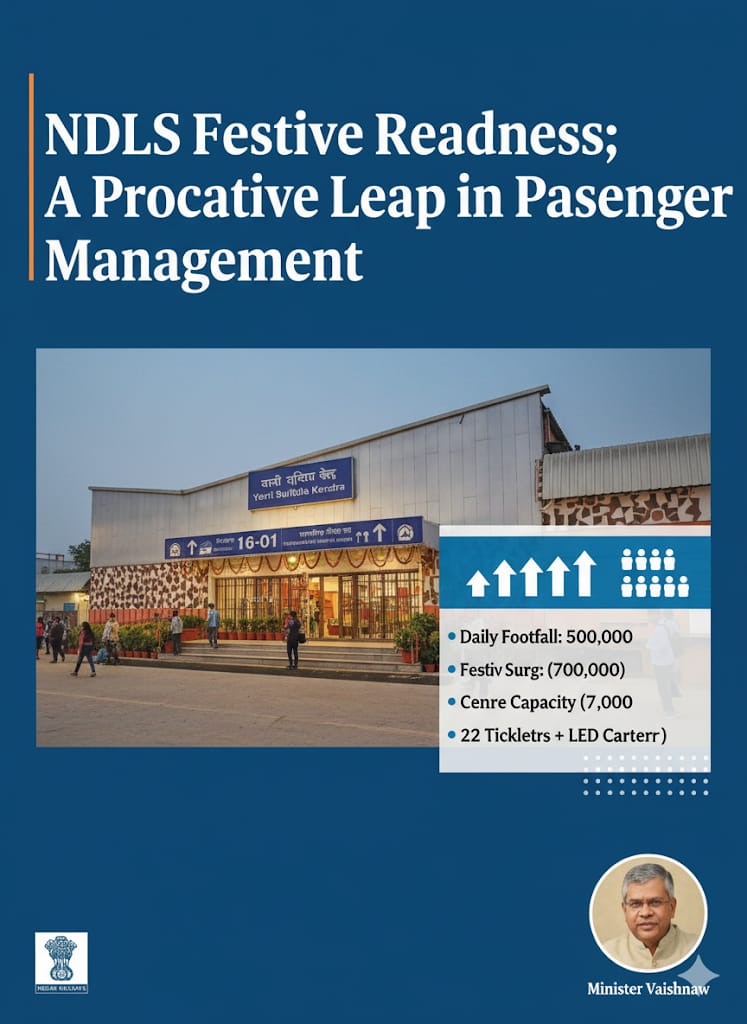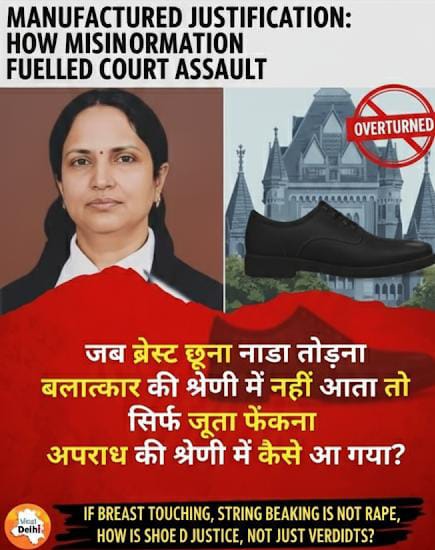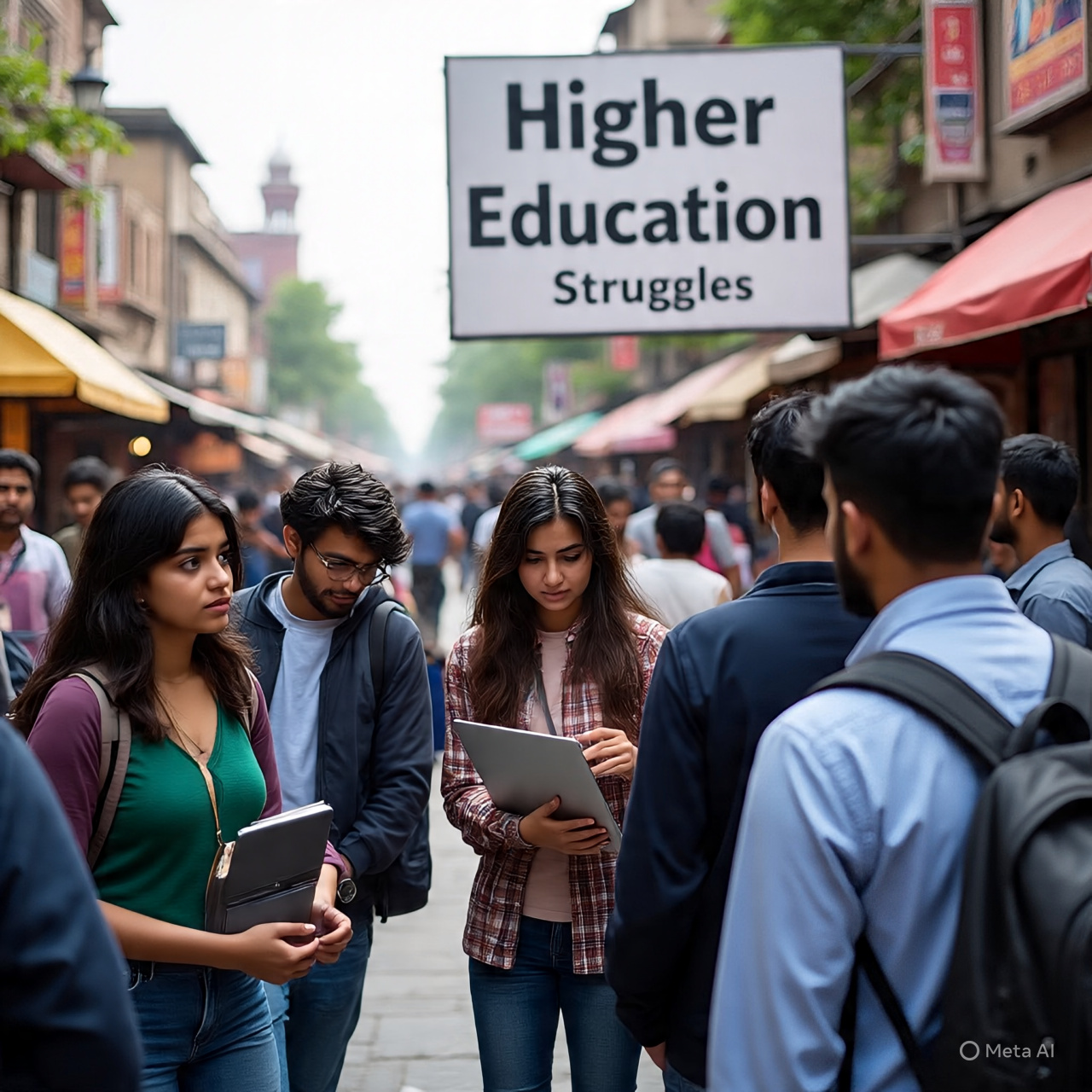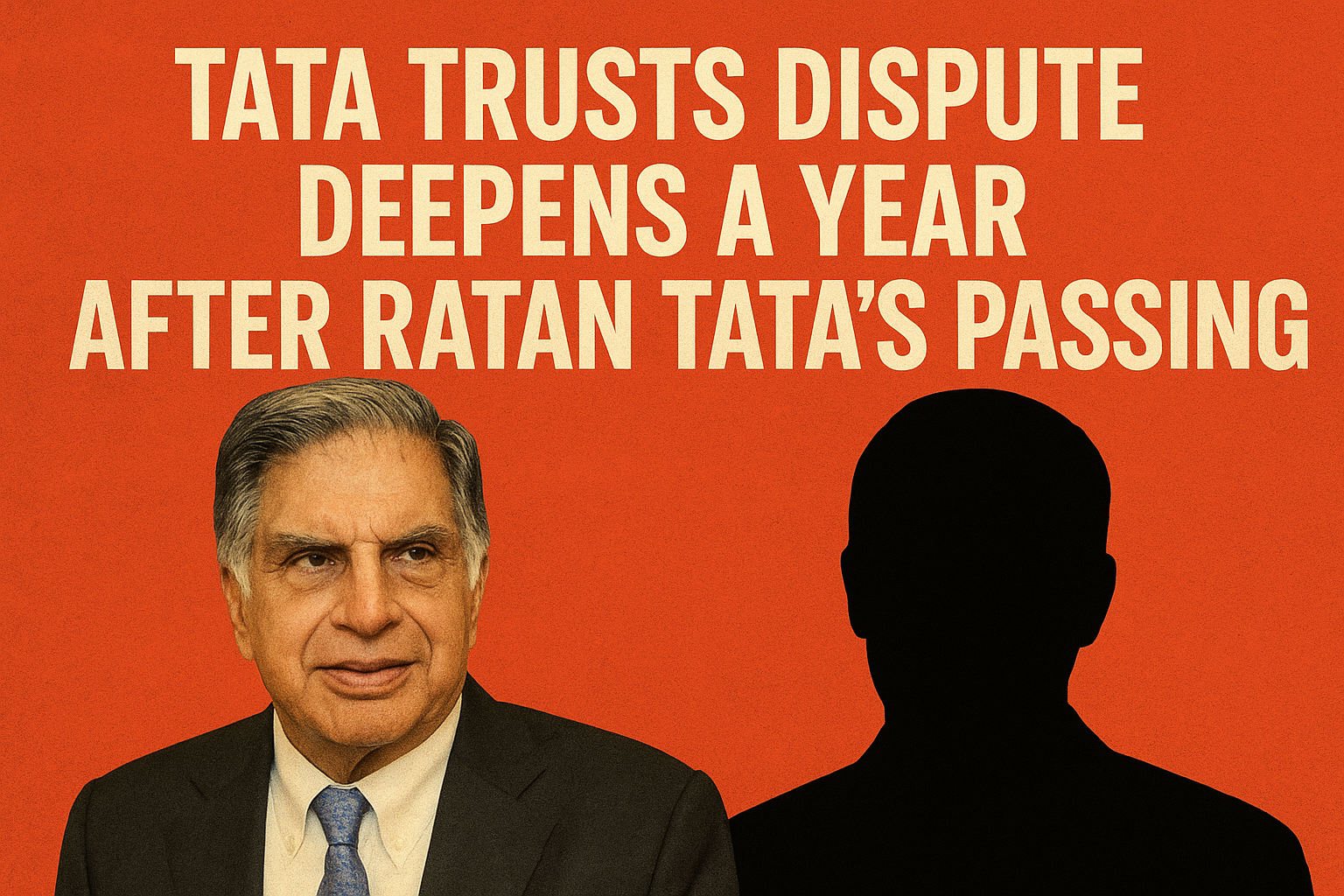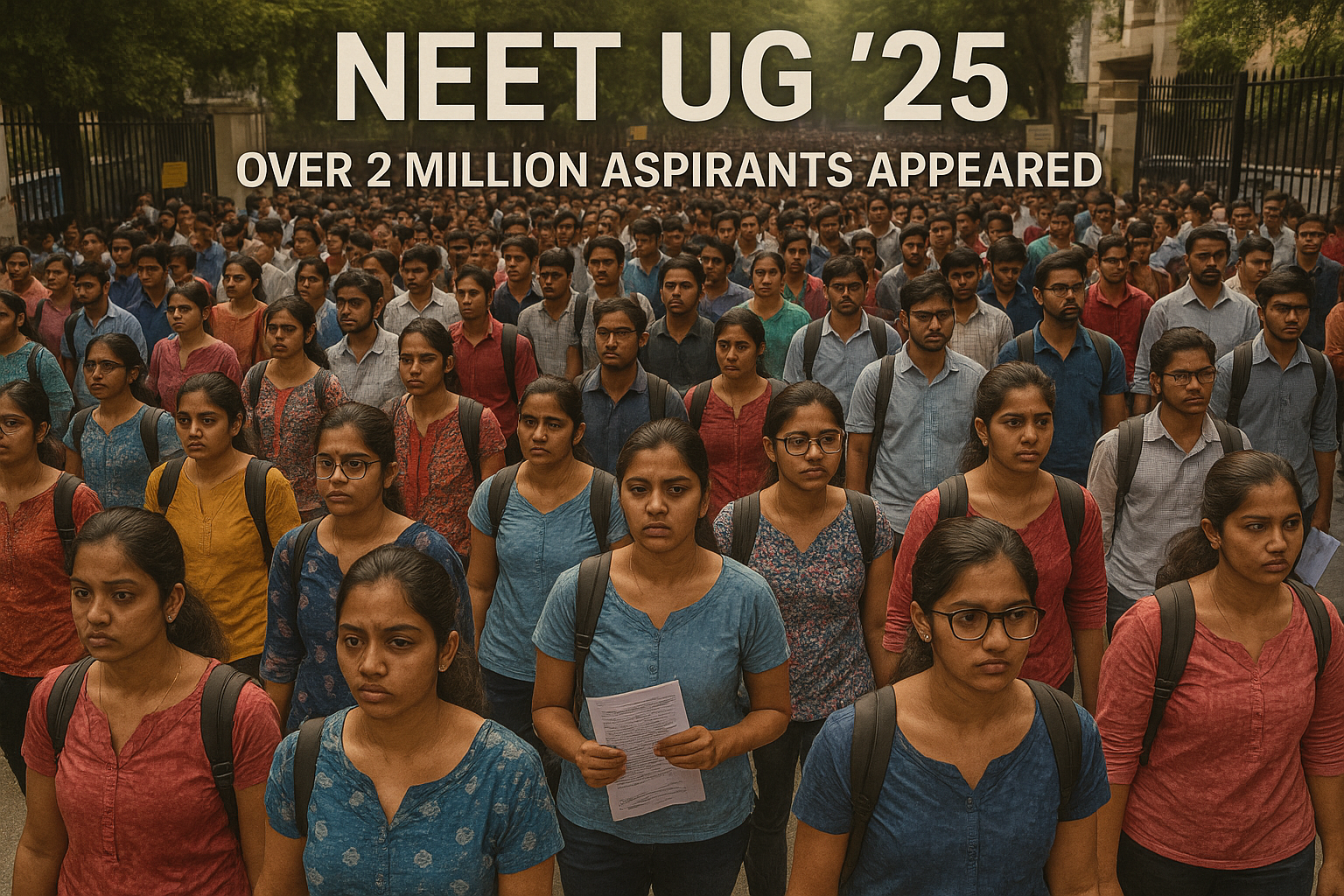
On May 4, 2025, Indian newspapers reported that over two million students appeared for the NEET-UG examination across 5,453 centers in India and 14 international locations. This staggering number is not just a testament to the popularity of medical education in India—it is a reflection of a deeply entrenched socio-economic problem. When over 20 lakh young minds chase a limited pool of MBBS and BDS seats, what is being built is not a robust healthcare system, but a nation of early disillusionment, wasted potential, and systemic exclusion.
The success rate in NEET remains dismally low, with only about 7–8% securing a government seat. That means more than 18 lakh students walk away every year from this one-day battle marked not just by academic rigor, but by psychological warfare, financial drain, and social pressure. The cost is not merely in money or effort—it is in dignity, dreams, and direction.
The Burden of Failure at 17
Imagine being 17 and told, "You failed," simply because you couldn’t cross the arbitrary cut-off line. The stigma of failure in NEET is not borne by the students alone—it is shared by entire families who have invested emotionally and economically in coaching, accommodation, and a singular dream. Students internalize this failure early on, and carry it like a scar through their adult lives. It shrinks their risk appetite, kills creativity, and reinforces conformity.
In 2023 alone, more than 20 students reportedly died by suicide in Kota, the coaching capital of India—most of them preparing for NEET or IIT-JEE. According to the National Crime Records Bureau (NCRB), over 13,000 student suicides were recorded in India in 2021, with academic pressure cited as a key reason. Behind these numbers are stories of 16- and 17-year-olds who believed that not cracking a test meant they had failed at life.
This obsession with NEET (and IIT-JEE, in a parallel stream) is not just a middle-class infatuation; it is the consequence of a policy failure to diversify career opportunities and expand access to quality higher education across disciplines.
One India, Two Futures
The government’s emphasis on medical and engineering streams has created a dangerously lopsided academic playing field. Students with talents in the humanities, arts, social sciences, law, commerce, and entrepreneurship are left to fend for themselves in an ecosystem that equates "intelligence" with solving MCQs in Physics, Chemistry, and Biology.
This skewed prioritization also reflects in the funding and infrastructural investments in education. New medical colleges are being announced like election promises, but the reality is grim: faculty shortages, poor infrastructure, and inadequate practical exposure in many institutions make these degrees more ornamental than operational.
On the other hand, disciplines like agriculture, environmental science, public health, and artificial intelligence—areas crucial to India’s future—receive neither the policy attention nor the aspirational packaging they deserve.
The Social Pressure Cooker
What makes NEET particularly perilous is not just the academic pressure, but the social circus around it. Coaching factories in New Delhi, Kota, Hyderabad, and elsewhere have become pressure chambers where childhood ends prematurely. In towns like Tiruppur, as reported in the Hindustan Times, girls were barred from entering exam centers for minor dress code violations—indicative of a system more interested in surveillance than support.
Students are judged not for who they are or what they wish to become, but for whether they can memorize 180 answers in three hours. This mechanization of merit is deeply flawed, and unworthy of a country that aspires to lead the world in innovation and growth.
Policy Prescription: Broaden the Base
If India is to emerge as a global player, it must shed this tunnel vision around medical and engineering careers. The government needs to:
- Invest in multi-disciplinary universities with world-class faculty, infrastructure, and research facilities.
- Decentralize academic excellence so that students from Tier-2 and Tier-3 cities can access diverse opportunities without migrating or compromising.
- Launch career awareness programs in schools that introduce students to non-conventional and emerging fields.
- Support startup ecosystems for young minds interested in entrepreneurship, arts, and social innovation.
- Rethink entrance exams and replace rote-based filters with aptitude-based assessments.
Time to Redefine Success
The NEET-UG 2025 turnout is not a celebration—it’s a siren. When two million young Indians compete for a dream that will accommodate less than 10% of them, we are not building a knowledge economy; we are scripting a demographic disappointment.
And when dozens of students end their lives each year, unable to bear the weight of unrealistic expectations, the tragedy isn’t personal—it’s national. We must ask ourselves: what kind of system demands the lives of children to function?
It’s time India stopped measuring potential through a single lens. If we fail to diversify dreams, we will lose a generation to despair—and the world will move on without us.




.jpeg)
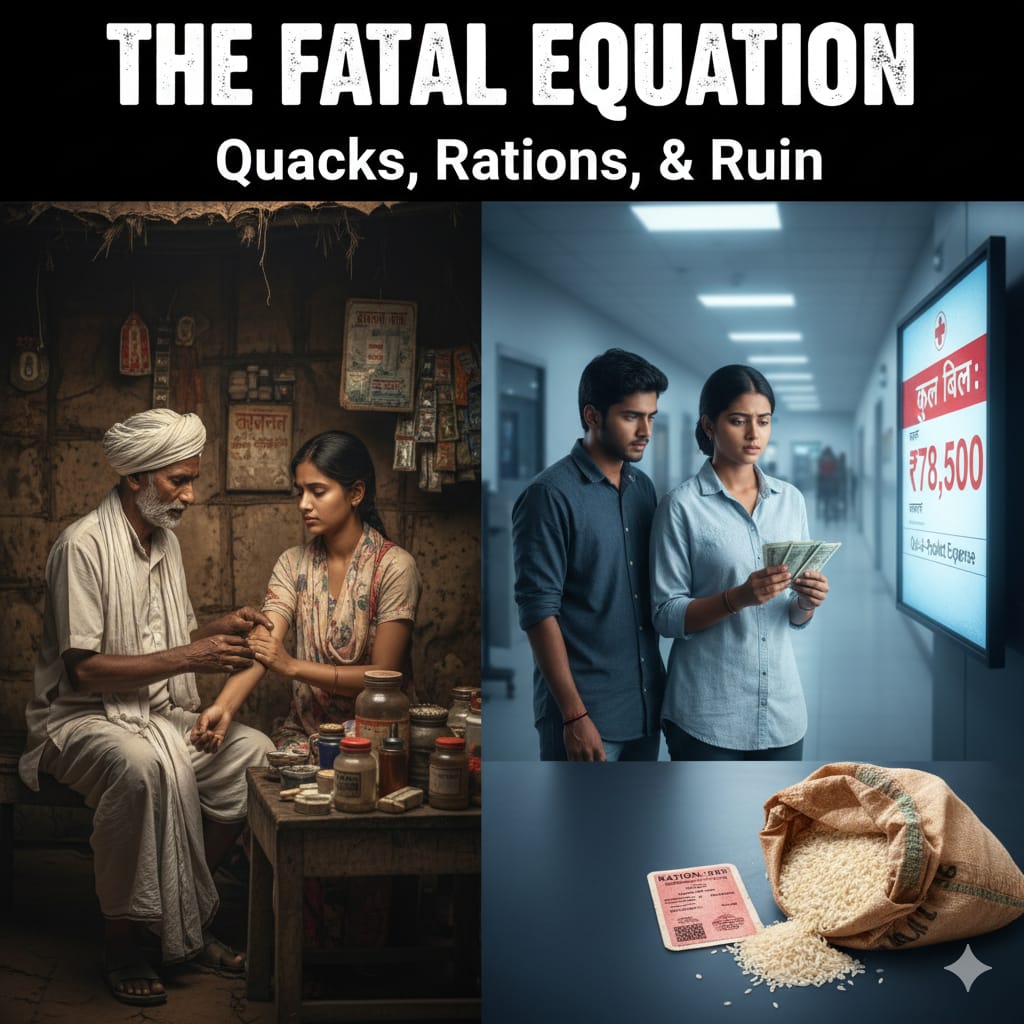
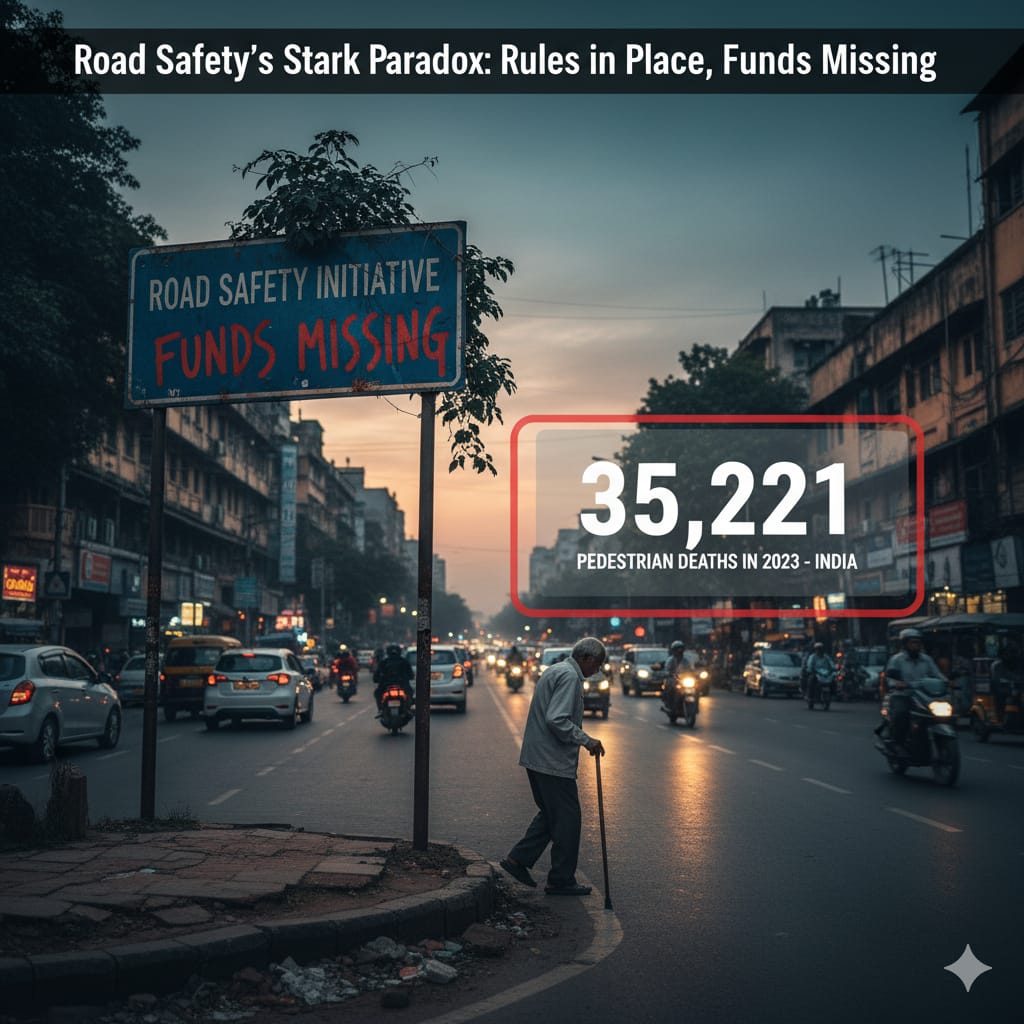
.jpeg)
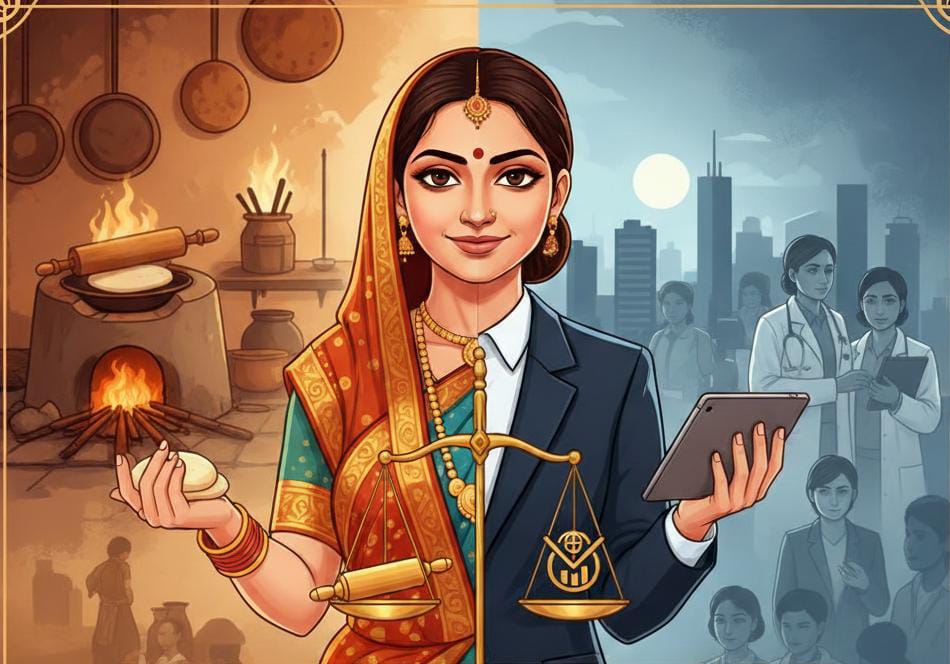
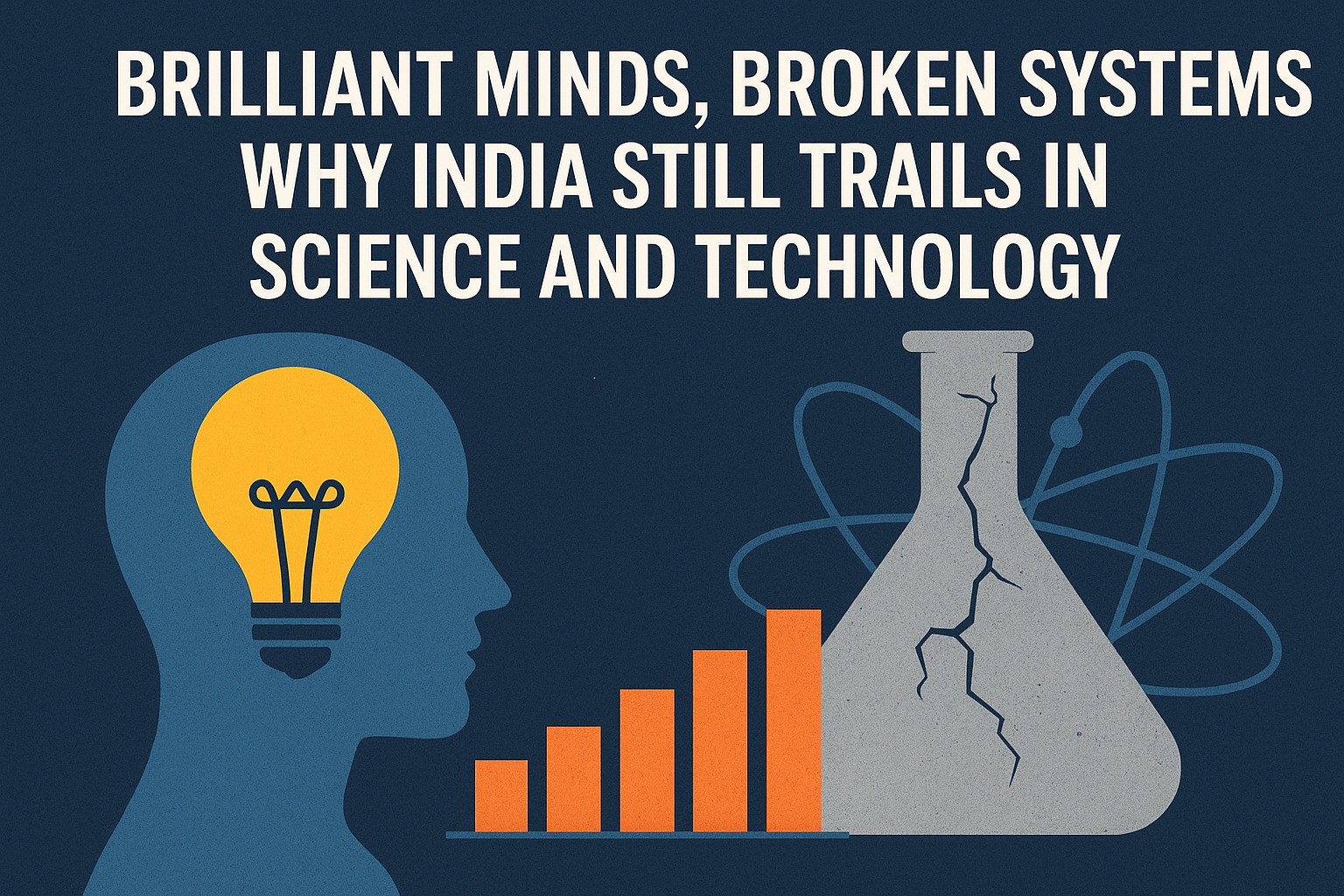


.jpeg)
